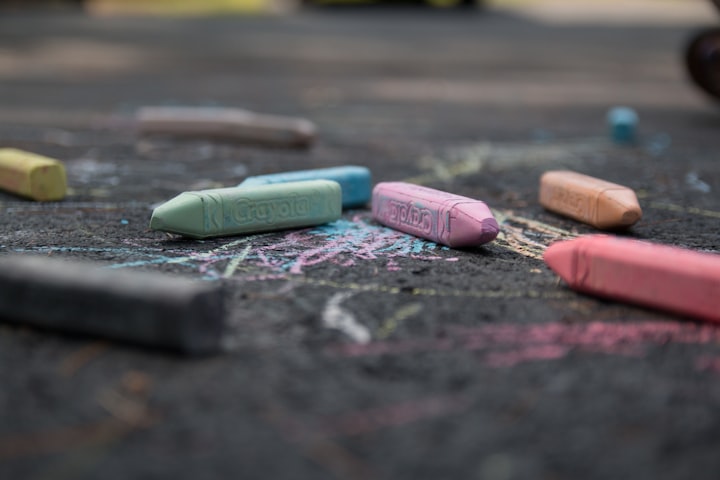Allergy to dye: What and how should you colour your hair if you're allergic?
Hair dye

Hair dye allergies are rather prevalent. Do not be fooled by phrases like "hypoallergenic hair colouring," "does not cause allergies," or "natural hair dye." Most of the time, this is just another form of advertising. Some people are not allergic to hair colour, while others experience painful side effects as a result of the treatment. What can you do to avoid this?
Attention! If an allergy to hair dye is initially exhibited just by a small itching and burning sensation, the symptoms of a negative immunological reaction to hair dye will only worsen with each fresh staining.
Symptoms and causes of hair dye allergy
If you experience scalp irritation when colouring your hair or shortly afterward, you should wash your hair right away because you are allergic to hair dye. Redness, itching, and burning, as well as peeling and swelling of the skin, may emerge after 1-2 days. As a result of the ensuing staining, the body's sensitivity to allergens is heightened, and lymphatic bubbles (as in the case of burns) will be added to the list of repercussions.
Paraphenylenediamine is the most allergenic ingredient in hair colours (PPD). Its primary purpose is "permanent staining." Regrettably, this component is found in all paints. Paints that do not contain it do not last as long and are more expensive. It is frequently forbidden or limited to a concentration of 6% in a number of European nations. Furthermore, ladies who pick dark tones for colouring suffer more, because the proportion of PPD in dyes of light tones is less than 2%, whereas in dark tones the concentration exceeds 6%.

Allergies can also be caused by substances such as 6-hydroxyindole, Isatin, and p-Methyl aminophenol . They are most commonly found in "short-term" hair dyes.
What should I do if I have a hair dye allergy?
First and first, if you are allergic to hair dye, immediately rinse it out and apply chamomile lotion. Chamomile has long been known to have anti-inflammatory qualities, and as an emergency measure of salvation, it is unrivalled.
If the allergy is not only not gone the next day, but has also worsened, the best remedy is to see an allergist or dermatologist. They may prescribe antihistamines as a therapy, which are commonly used to treat any form of allergy. However, in this case, it is critical to identify the immediate allergen.
After that, the greatest remedy would be to stop using hair colouring. However, if you are not prepared for this, test the acquired paint before using it. Apply a small bit of the dye behind the ear or on the forearm, as this is where the skin is most sensitive. Examine it the next day: if there is no redness or irritation, feel free to use it.
If your hair has even the slightest damage - scratches, acne... - do not dye it
Alternatively, ammonia-free paints can be used. However, don't be deceived; any hair dye is unhealthy for your hair and can create allergies. Ammonia-free paints contain low concentrations of hydrogen peroxide, which you may be allergic to.
Recipes for natural hair colouring They may not be able to drastically alter your hair colour, but they will be able to provide a new tint.
- If you are blonde and want to give your hair a golden tone, make an onion peel decoction (1-2 handfuls of onion peels in a glass of boiling water) and a chamomile decoction (1 tablespoon of chamomile flowers, 1 tablespoon of nettle rhizomes in half a litre of water).
- Use a tea decoction to give your hair a chestnut colour (3 tablespoons of tea leaves, a glass of boiling water, 1 teaspoon of cocoa powder, 1 teaspoon of instant coffee).
- The most well-known natural hair colouring are henna and basma. They can also be diluted with kefir and red wine, in addition to water (to give the desired shade).
Hair colouring allergies are extremely prevalent. Fashionistas have a strong desire to be even more gorgeous, but it's not worth the effort. As you can see, the replacement of chemical hair dyes is, albeit less permanent, natural colouring recipes. Be allergy-free if you want to be gorgeous!
About the Creator
Sahina Bano
Freelance Blogger and Content Writer. I owe a website and write for my clients.






Comments
There are no comments for this story
Be the first to respond and start the conversation.